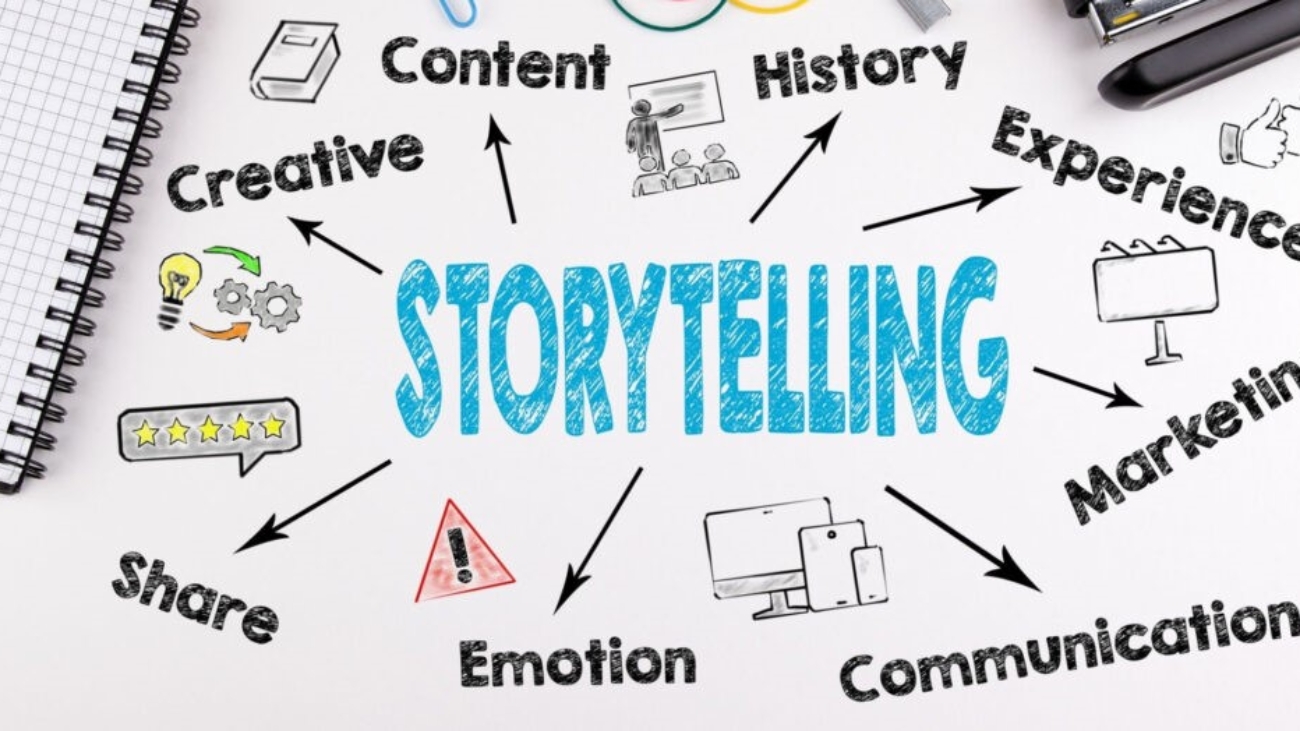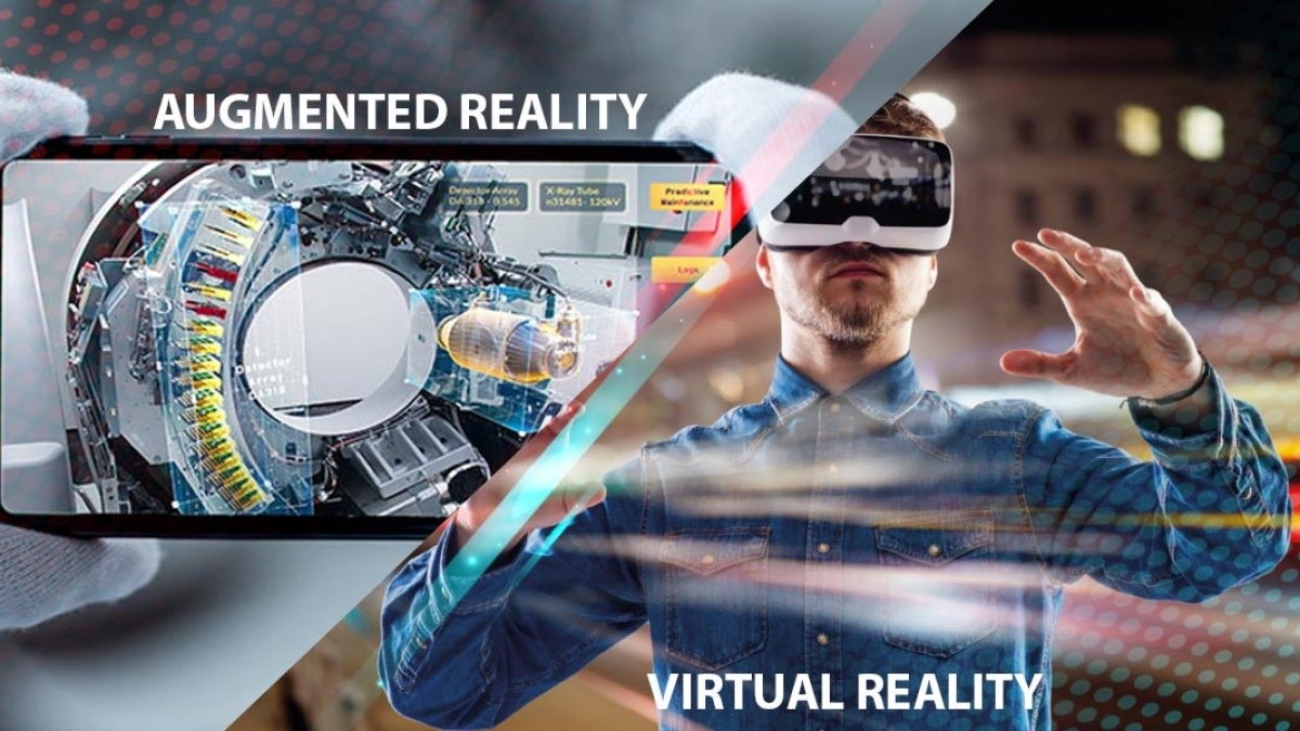In this era of digital marketing, staying ahead of the curve is imperative for businesses looking to make a significant impact. The Social Pros Podcast, a beacon of industry wisdom for over a decade, recently unveiled key insights from marketing experts at TikTok, Glossier, Zillow, lululemon, and more. These revelations not only shed light on the strategies employed by top-tier brands but also provide a roadmap for marketers crafting their digital strategies in 2024.
1. Empower Your People and Processes: Speed is the New Relevance
Nothing kills relevance faster than a sluggish approval process. The first crucial insight is to empower your people and processes for swift decision-making. Glossier, the iconic beauty brand, attributes part of its success to a culture that trusts its marketing team to make judgment calls swiftly. In a world where organizational speed is as crucial as price for customers, fostering a culture of clear communication and quick decision-making is paramount. This principle extends beyond content creation to customer care efforts, where timely responses can make or break customer relationships.
2. Data-Driven Collaborations: Dive Deeper into Audience Insights
Zillow’s strategic move to collaborate with the pet sitting network Rover exemplifies the importance of data-driven collaborations. By tapping into audience insights, Zillow discovered that pets were a significant consideration for its users. The lesson for 2024 is clear – truly know your audience by diving deep into data. What else matters to them? What brands pique their interest? By leveraging analytics and conducting custom research, marketers can uncover unique brand partnership opportunities that resonate with their audience.
3. Humanize Your Organization with On-Air Personalities: The Power of Live Video
In an era where corporate social media channels are no longer sufficient, humanizing your organization becomes crucial. Agorapulse found success by tapping into the knowledge and talent within the company through live-stream video featuring C-suite executives. Live video, an underrated marketing tool, offers a direct and authentic connection with the audience. TikTok’s Lucy Quick agrees, emphasizing the need for training and preparation for engaging live streams. Depending on your resources, collaborating with experienced influencers may provide the personality and audience interaction your brand needs.
4. Think Like a Creator, Not Just a Brand: Canva’s Success Story
Canva’s approach of thinking like an individual creator, rather than a corporate brand, is a testament to the shifting dynamics of influence. Creators are now defining trends and culture, and brands that connect with them have an advantage. Personalized interactions, localized campaigns, and channel-specific plans have fueled Canva’s success. By understanding where their audience is active, Canva creates content tailored to those platforms, showcasing the power of thinking like a creator.
5. Listening is Crucial for DEI Content: Lululemon’s Inclusive Marketing
Diversity, equity, and inclusion (DEI) are not just buzzwords; they are strategic priorities. Lululemon’s approach involves active listening through sessions with community members and seeking authentic voices. The brand goes beyond performative content, emphasizing the need for a genuine purpose and intention behind marketing campaigns related to significant events. DEI work is acknowledged as neither easy nor fast, requiring time to plan, execute, learn, and update over time.
INCORPORATING INSIGHTS INTO YOUR 2024 MARKETING PLANS
As we stand at the threshold of 2024, these insights from top-tier brands provide a blueprint for crafting digital marketing strategies that resonate with audiences. From empowering your team for speed to data-driven collaborations, humanizing your brand, thinking like a creator, and prioritizing diversity and inclusion, these principles pave the way for deeper connections and accelerated marketing efforts.
THE BOTTOM LINE
The digital marketing in a dynamic canvas, and success lies in the ability to adapt and innovate. By incorporating these insights into your 2024 marketing plans, you can navigate the evolving landscape with confidence, making meaningful connections that drive your brand forward.



